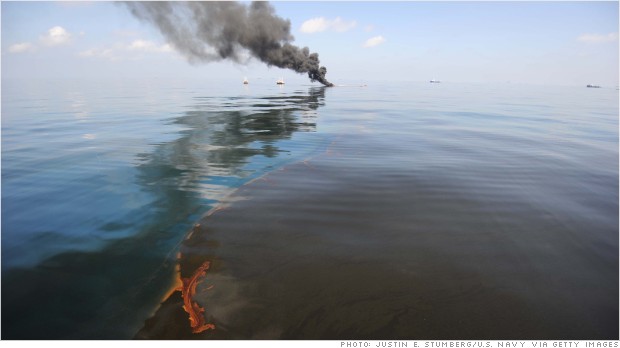Louisiana’s Coastal Protection and Restoration Authority was recently informed that it will receive anywhere between $1 billion and $4.9 billion in money for coastal restoration following the BP Oil accident that took place in 2010. The money will be used for infrastructure improvements, scientific studies, and educational programs.
The Restore Act manages a trust fund that will receive the Clean Water Act fines that BP will pay as a result of the Deepwater Horizon Oil Spill. The amount of money in the estimate varies greatly because a judge has yet to issue the order regarding how much money in fines BP will be required to pay. If BP is found to be grossly negligent, the money it will owe will be greater. U.S. District Judge, Carl Barbier already has found the company grossly negligent, which may lead to a larger monetary award for the state. Yet, the judge must also take into account BP’s current and past efforts to mitigate the damage of the spill and reimburse local citizens and governments for the damage.

BP Oil has already set up a government-mandated $20 million trust to satisfy claims, litigation settlements, state and local response costs to the spill, and to pay for damages to natural resources. BP Oil will also compensate individuals and local businesses for claims. The company claims that it reimbursed individuals and local businesses $11 billion since 2010, with $2.9 billion being paid in 2013.
Louisiana will have more money coming in, and now it has to determine how it will use it. $450 million will go to the Calcasieu Ship Channel Salinity Control measures. The Houma Navigation Canal Lock will get $465 million. Another $3 million will be devoted to re-building the Caminada shoreline.
Without the Calcasieu Ship Channel Salinity Control measures, scientists estimate that 35 percent of local wetlands will be lost by 2070 due to sea level rise. The state is trying to balance the ecological needs of wildlife and plants in the area and the needs of ships and commercial vessels that navigate the waterway.
The Houma Navigation Canal Lock system will protect the region from hurricane water damage but also prevent saltwater from leeching into freshwater systems in the area.
The Times Picayune also reported on some further proposals for the use of the money. Among these would be a freshwater diversion to bring the Mississippi River to Maurepas Swamp, thus reducing the salinity of the area and allowing natural flora and fauna to thrive. Another proposed measure would be to rebuild the beach, dune, and marsh of West Grand Terre Island.
The Biloxi Marsh also stands to reap the benefits of the BP Oil money. One of the proposed projects is to build a nine mile oyster barrier reef along the eastern shore of the Biloxi Marsh.
Another project that will be performed by the Army Corps of Engineers if the money is allocated is to create about 600 acres of marsh in the Golden Triangle area.
Other suggestions include a Lower Mississippi River Management Program to study various issues related to the area.
Some officials contend that Louisiana isn’t receiving as much money as other states when the miles of oiled shoreline are taken into consideration.
Despite this, the projected projects have not been analyzed to determine how much they will cost and many of these projects are large scale in nature.
For individuals who suffered injuries and personal losses due to the spill, seeking the help of an attorney is often a good choice in order to help navigate the often complex litigation and funds available.


